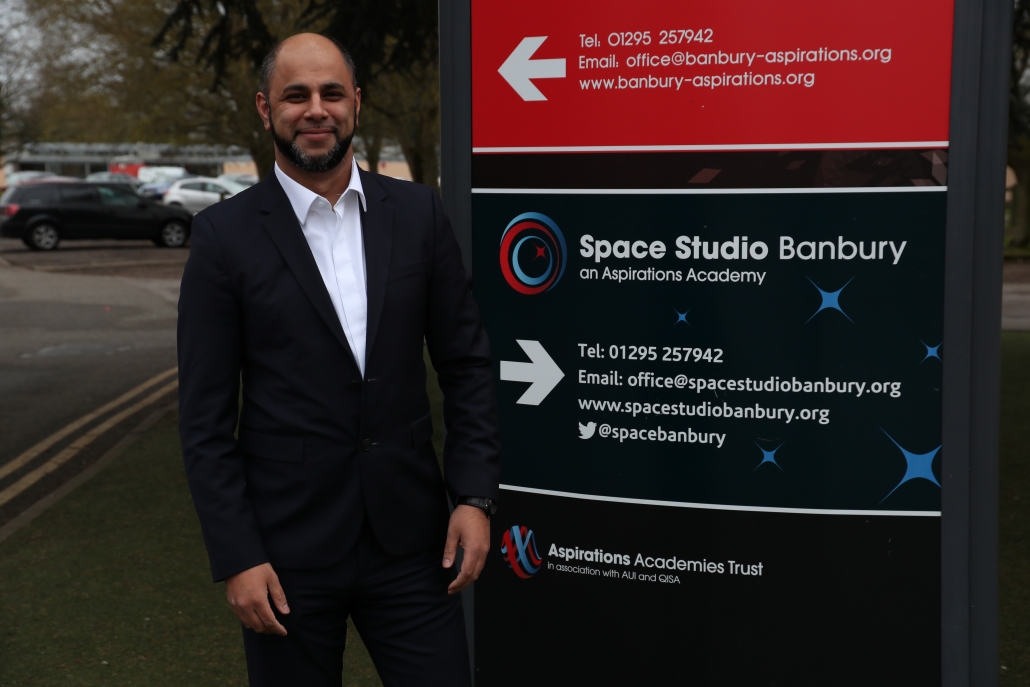Revolutionising Teacher Workload – Unlocking the Potential of EdTech to Facilitate Change

Research out this week from University College London shows that on average teachers work around 47 hours a week in term-time, around 8 hours a week more than comparable OECD countries. As many as 25% of teachers work more than 60 hours a week – this is both primary school teachers, (who work between 47-49 hours a week) and secondary school teachers (46-48 hours a week). This has come about despite promises from successive governments to cut back on teachers’ hours. So what’s the problem and why have previous initiatives so far failed to help?
The paper, funded by the Nuffield Foundation, is the first piece of research to look at data from more than 40,000 primary and secondary teachers in England collected between 1992 and 2017. It turns out that whatever schools have tried, teaching hours have remained “broadly stable” throughout this 15 year period.
This period happens to coincide with one of the most progressive periods of digital innovation for the entire planet, which should have positively benefited the education profession. Over this time frame, we have seen some significant technological innovation in teaching so the problem may in fact be that there has been too much emphasis on innovation and a failure to ensure that it’s coherent. It’s certainly not cutting the teacher’s workload and it may be that it’s actually slowing teachers down.
Another issue here is the impact of government policy. Consecutive governments have wielded the “solution” of technology to the problem, but in each case this has failed to make a dent in working hours for teachers. In our analysis this has largely been down to two factors; form and habit – let’s explain. It is the form each technological innovation has taken – and most of these have purely been the transfer of paper processes onto screens.
This has dogged every single stage of digital transformation from when computers were first invented. There are inevitably short cuts that the computer can bring, but each iteration of new computer system needs to “rethink” every step of every process. It is often the case that stages of the paper process can be eliminated, or the computer can offer suggestions or short cuts for each step, but when first generation systems of ANY kind are put forward their authors are in such a rush, they simply ape the paper system and don’t improve it.
Sometimes data can be input multiple times, by multiple people when there should be a single spelling of a name, or a single list of results. This is what we call a single version of the truth – multiple inputs create several contradictory versions of that truth.
Let’s parallel this to the creation of cars. When Henry Ford developed the first car, the chassis was placed high because the previous engine i.e. a horse, needed to be pulled by something quite high. Suddenly they realised that the engine could go at any height. This is what has happened in EdTech – products are introduced, and teachers get used to them – but some have failed to simplify unnecessary steps and this has resulted in no improvement to teacher workload challenges.
Another vivid example of this is how tech addressed the learning without levels scenario which was designed to enable teachers to differentiate activities, refine their planning and provide support more effectively. But when it was automated all it did in the end was to replace numbers with words, and put tick boxes on a screen. Teachers actually ended up doing more formative assessments.
Secondly, what we witness is that teachers, who are genuinely overwhelmed within the classroom, really want to be convinced by a revolutionary tech solution, and they tend to embrace it enthusiastically, but without being able to take a step back and see if the system works for them.
The latest Teacher Tapp survey results show that almost a fifth of teachers spend more than seven hours a week marking. If you ask those same teachers if they would carry on marking if external factors like Ofsted were removed, this dropped very little, something like 5% across all teachers.
It is very apparent over the last 25 years regardless of colour of Government that there has been no major impact on teacher workload reduction. In fact the current Government EdTech strategy, and the revised Ofsted inspection framework, should have provided some hope that there is recognition that teachers are overworked and that previously EdTech has had absolutely no impact on alleviating this. This is perhaps because the inspection framework talks about looking at “external assessment data” by allowing teachers to demonstrate how students are improving without the need to be constantly capturing internal tick box attainment data.
The best EdTech solutions are those that are easy to use, which save teachers time and which share data across multiple systems and this then enables a pupil assessment which fits within current policy and yet dramatically addresses teacher workload. There are some good solutions on the market and teachers need to invest some time trying them, and looking at whether or not they cut the amount of time they use for pupil assessment. If they do they are a good thing, and if they merely mimic the past, don’t buy into them.
Author – Shehzad Najib, CEO, Kinteract www.kinteract.co.uk

